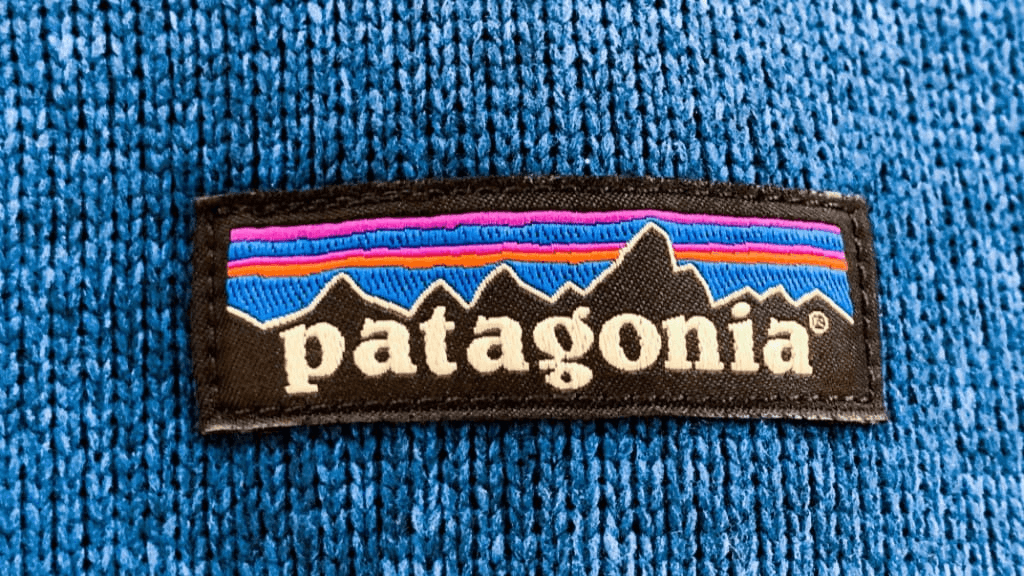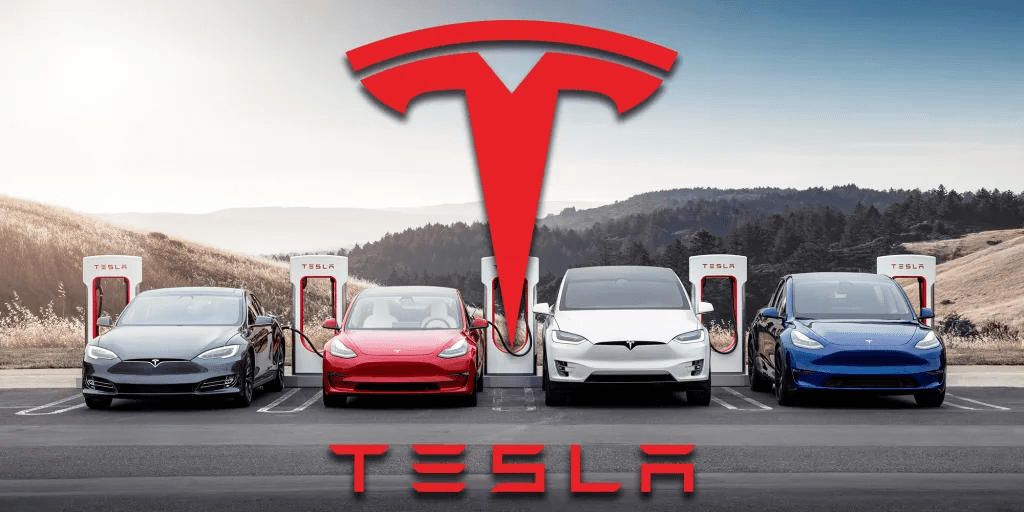INFLUENCER MARKETING
Nov 15, 2023
By
2 MIN READ
Many businesses strive diligently to attain brand affinity, yet often find themselves coming up short.
Despite their efforts in creating quality products or delivering top-notch services, they struggle to foster a strong emotional connection with their consumers. This obstacle can leave companies bewildered and in search of effective strategies to elevate their brand status.
If you're one of these businesses, this blog might just be the resource you need.
By understanding what brand affinity is and its importance and learning how to build and measure it, you can transform your brand from being just another name in the market into a beloved favorite.
Let's get started.
What Is Brand Affinity?

Brand affinity refers to the strong emotional connection and loyalty a customer develops towards a specific brand.
A great example of brand affinity would be Apple. The brand has a massive base of loyal customers worldwide. This loyalty isn't solely based on the quality of Apple's products but also largely stems from customers' emotional connection with the brand.
Apple's vision and promise to create cutting-edge technology and deliver seamless UX have resonated with millions, leading to high brand affinity. As a result, their customers consistently purchase Apple products and advocate for the brand. This enhances its reputation and market presence.
Why Is Brand Affinity Important for Businesses?
Brand affinity plays a pivotal role in a company's growth and sustainability. This emotional connection between customers and a brand is often a key indicator of long-term customer loyalty.
Customer Loyalty: When customers feel a strong emotional connection to a brand, they are more likely to remain loyal, even in the face of competition or price changes.
Word-of-Mouth Marketing: Satisfied customers with a high affinity for a brand are more likely to recommend it to others, effectively becoming brand ambassadors.
Resilience to Negative Publicity: Brands with strong affinity can better weather negative publicity or market downturns, as their customers are more likely to give them the benefit of the doubt.
Higher Customer Lifetime Value: Customers who identify strongly with a brand are more likely to make repeat purchases and try new products from the brand, increasing their lifetime value.
Pricing Power: Brands with high affinity often have greater pricing power, as loyal customers are less price sensitive.
Brand affinity helps businesses stand out in crowded markets and fosters stronger connections with customers. It also makes customers less sensitive to price changes, contributing to sustained growth and profitability.
Brand Affinity vs. Brand Loyalty
Brand affinity and brand loyalty are related concepts, but they have distinct differences:
Emotional Connection vs. Behavioral Pattern:
• Brand Affinity:
This refers to the emotional relationship a consumer has with a brand. It's about shared values and a deep emotional connection. Customers with brand affinity often feel that the brand represents something more than just its products or services.
• Brand Loyalty:
This is more about consistent consumer behavior. A loyal customer repeatedly purchases from the same brand, but this may not necessarily be driven by emotional connections. It could be due to habit, convenience, or a lack of better alternatives.
Depth of Relationship:
• Brand Affinity:
This involves a deeper, more personal relationship with the brand. Customers with high brand affinity often advocate for the brand and integrate it into their identity.
• Brand Loyalty:
Loyalty can be surface-level and transactional. A customer might regularly buy a product because they like it, but they might not feel a deeper connection to the brand's values or identity.
Impact on Consumer Behavior:
• Brand Affinity:
This leads to passionate brand advocates who actively promote the brand through word-of-mouth and social media. They are more likely to stick with the brand even during crises or when competitive options are available.
• Brand Loyalty:
While loyal customers consistently purchase from the brand, their advocacy and resistance to competitive offers can be less robust than those with brand affinity.
Influence on Business Strategy:
• Brand Affinity:
Requires a more holistic, value-driven approach. Businesses focus on building a strong brand narrative, aligning with customer values, and creating meaningful experiences.
• Brand Loyalty:
Often driven by customer satisfaction, product quality, and rewards programs. The focus is more on maintaining product standards and incentivizing repeat purchases.
In essence, brand loyalty is about creating consistent buying patterns. On the other hand, brand affinity is about building a more profound, emotionally-driven relationship between the brand and its customers.
How to Build Brand Affinity
Building brand affinity involves cultivating a deep emotional connection between your brand and your customers. To do so, you would need a strategic and customer-centric approach. Here's how you can accomplish this.
Step 1 - Understand Your Audience:
Carry out comprehensive market research to understand your target audience. What are their values, needs, and expectations? Aligning your brand with these will foster a deeper connection.
Step 2 - Communicate Your Values:
Clearly communicate your brand's values and mission. Customers are more likely to feel an emotional connection to brands whose values resonate with their own.
Step 3 - Deliver Exceptional Customer Experience:
Customers remember how a brand makes them feel. Strive to provide excellent customer service, personalized shopping experiences, and post-purchase support.
Step 4 - Forge Emotional Connections:
Storytelling can be a powerful tool for building emotional bonds with your audience. Share your brand's story, highlight your achievements, and do not shy away from showing vulnerability.
Step 5 - Encourage Engagement:
Create opportunities for customers to interact with your brand. This could be through social media, events, or community forums. Engagement fosters a sense of belonging, further strengthening brand affinity.
Remember, brand affinity is not built overnight. It requires consistent efforts, genuine connections, and a steadfast commitment to delivering value to your customers.
How to Measure Brand Affinity
Measuring brand affinity can be challenging due to its qualitative nature, but there are certain KPIs you can leverage to gauge your success.
• Net Promoter Score (NPS):

This metric gauges customer loyalty by asking how likely they are to recommend your brand to others. A high NPS indicates strong brand affinity.
Now, the NPS score varies from industry. Therefore, it is recommended that you benchmark your NPS score with the industry standards. For example - a high NPS score for a telecom company may not be the same as a high NPS score for a luxury fashion brand.
• Social Media Engagement:
Evaluate the likes, shares, comments, and mentions your brand receives. High engagement signifies users' emotional investment in your brand.
• Customer Lifetime Value (CLV):

This metric calculates the total profit your business makes from any given customer. A higher CLV often correlates to stronger brand affinity.
Here’s something to help you calculate your business’s customer lifetime value. The formula goes like this:
CLV = (Average Purchase Value x Purchase Frequency) x Average Customer Lifespan
Average Purchase Value refers to the average amount that a customer spends per purchase.
Purchase Frequency is how often a customer makes a purchase within a set time period.
Average Customer Lifespan is the average amount of time your customers stay loyal to your brand.
• Repeat Purchase Rate:
A high repeat purchase rate is a strong indicator that customers are satisfied with a brand's products or services. It suggests that they not only had a good initial experience but also found enough value to return for more.
Here's the formula to calculate the Repeat Purchase Rate (RPR).
Repeat Purchase Rate=(Number of Customers Who Made More Than One Purchase/Total Number of Unique Customers)×100
• Brand Advocacy:
Monitor how often your customers are advocating for your brand, be it through word-of-mouth or online reviews.
This traditional form of advocacy is powerful but harder to measure. It happens when satisfied customers speak positively about your brand in their everyday interactions with friends, family, and colleagues. Surveys and interviews can be used to gauge how often and in what context customers mention your brand to others.
• Content Interaction Metrics:
Measure how customers interact with your content, including views, shares, and comments. High interaction rates suggest that your content resonates well with your audience, building brand affinity.
• Customer Feedback and Testimonials:
Collect and analyze customer feedback and testimonials. Positive, passionate feedback often indicates a strong emotional connection to your brand.
Utilizing these brand affinity KPIs, you can effectively measure the emotional connection between your customers and your brand, enabling you to fine-tune your strategies for further improvement.
Brand Affinity Examples
Let's explore some real-world examples of Brand Affinity to better understand how this potent emotional bond between customers and brands can be nurtured and leveraged.
Patagonia:

Outdoor clothing and gear brand Patagonia has successfully established a deep emotional connection with its customers by aligning their brand with a cause – environmental conservation.
Patagonia's dedication to sustainability, transparent supply chains, and protecting the environment resonates with their target audience, fostering strong brand affinity and loyalty.
Tesla Inc.:

Despite being a relative newcomer in the automotive industry, Tesla has quickly built a strong brand affinity. This is largely due to their innovative electric vehicles that are not only environmentally friendly but also high-performing.
Furthermore, the charismatic personality and vision of the company's CEO, Elon Musk, have also played a significant role in cultivating a committed and passionate fan base.
Harley-Davidson:

Harley-Davidson is an iconic American motorcycle manufacturer, well-known for its loyal fan base and distinctively designed heavyweight motorcycles. The brand has created a deep emotional connection with its customers by promoting a sense of freedom and rebellion, personified in the open road lifestyle associated with motorcycling.
Further enhancing its brand affinity is its commitment to quality and performance, evident in every motorcycle they manufacture. Harley-Davidson's brand community has also played a pivotal role in strengthening brand loyalty and affinity, fostering a sense of belonging among Harley owners.
Takeaway
Brand affinity is crucial as it fosters customer loyalty, facilitates positive word-of-mouth, and ultimately drives long-term business growth.
To attain brand affinity, one notable strategy is leveraging influencer marketing. Influencers, with their large followings and trusted voices, can significantly amplify a brand's message and values to a wider yet targeted audience.
By collaborating with influencers whose values align with those of the brand, businesses can organically attract and engage customers, thus fostering brand affinity.
How can you find such influencers? Using an influencer marketing tool like impulze.ai would be a start.
They can help identify influential individuals in your industry or niche, analyze their audience demographics and engagement rates, and provide insights on the best ways to approach them for collaborations.






